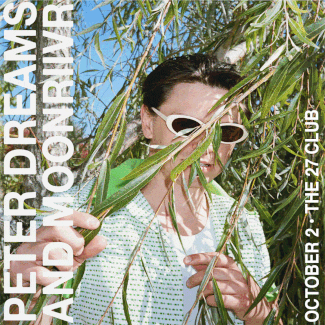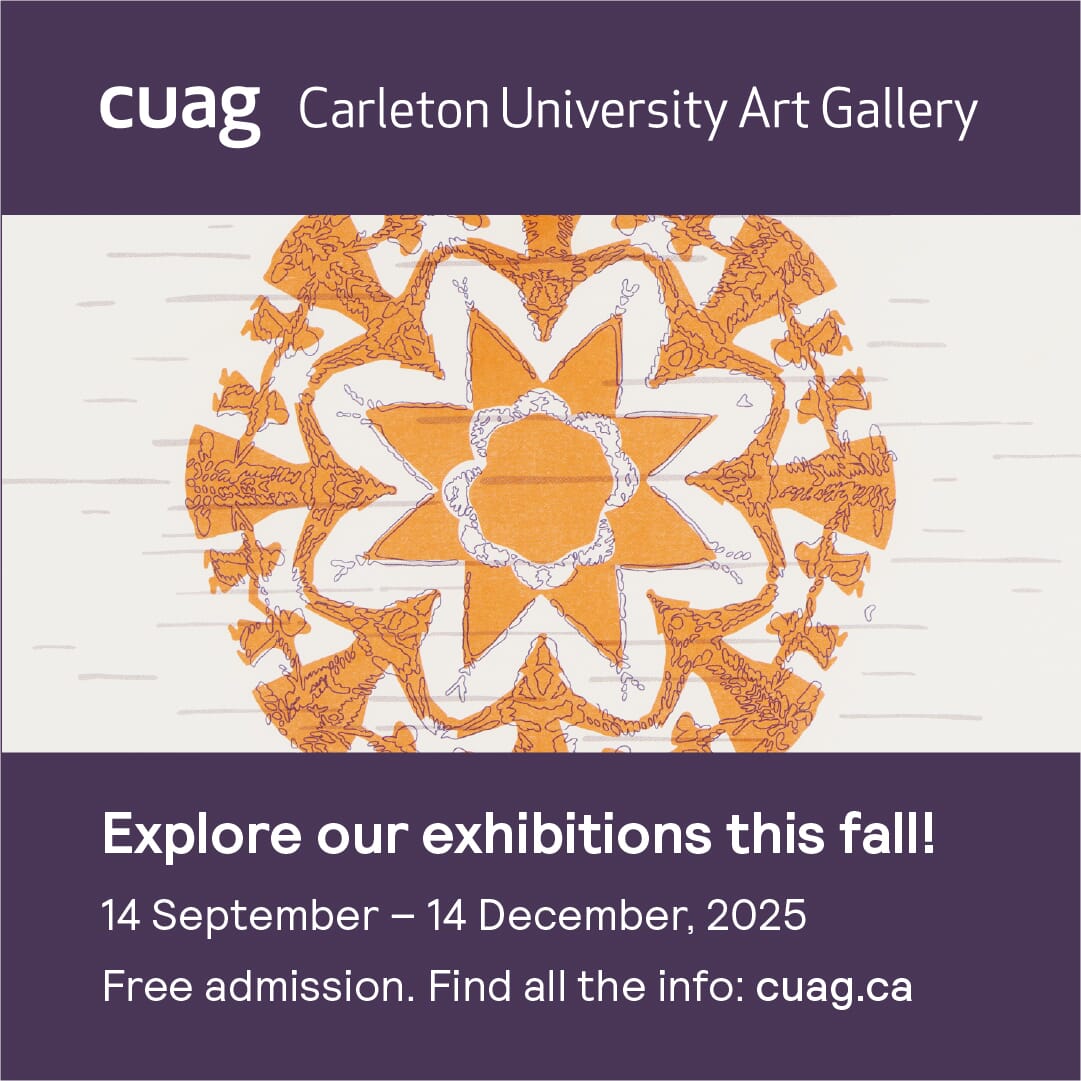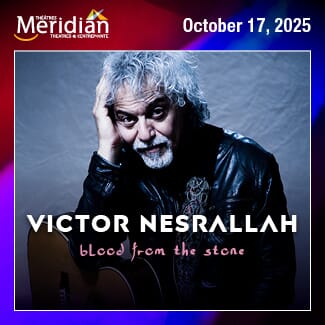The Ottawa Art Gallery’s Articulation: Critical art writing workshop series is intended to offer participants the support, skills, and editorial assistance they need to establish or expand their critical art writing practice. The series aims to foster a community of critical art writers in the Ottawa-Gatineau region, by providing both emerging and experienced writers with the opportunity to connect with each other and learn from prominent members of the national art writing community.
The last writing workshop, offered by Anna Khimasia, focused on the role of criticism in art writing: “What does it mean to be critical?” Here is a selection of responses from participants to the question: What does an art critic do?
 Leah Snyder, Mixed Bag Mag – an online magazine that curates content for change agents and cultural provocateurs.
Leah Snyder, Mixed Bag Mag – an online magazine that curates content for change agents and cultural provocateurs.
The art critic has a bad reputation!
He (as most often the art critic is pictured in people’s minds) is saucy. Often acerbic. Always elitist. Using big words and bigger concepts that most people don’t understand, or care to be interested in. His writing is inaccessible, often accused of being purposefully so.
But this description no longer fits the art critic today.
She, he, or a non-binary ‘they’ are thoughtful. Their intention is to give voice to the marginalized and insert the perspective that historically has been lacking.
This new art critic is a change agent who makes sure that their words are part of the discourse that art can be a tool for social change.
They are a transformative bunch with wit, style and flair. And most importantly heart!
 Lisa Truong, PhD Candidate, Institute for Comparative Studies in Literature, Art and Culture, Carleton University
Lisa Truong, PhD Candidate, Institute for Comparative Studies in Literature, Art and Culture, Carleton University
What are critics actually doing? For the audience? For the artists? For the industry?
[…]
Effectively situating the artwork enables the art critic to give insight into their own subjective experience while also facilitating dialogue with audiences and artists, offering points of entry and identifying spaces of tension.
[…]
The art critic builds a meshwork of relationships—creating knots where things, ideas and people connect, but leaving loose ends by which one can travel to explore further…
Teodora Dimitrova, Curatorial Intern, The Ottawa Art Gallery
Art critics establish a point of view for people to build their own opinion. So why do we feel that sometimes art critics follow guidelines or offer us polite description? An art critic should discuss the complexities surrounding a project
[…]
Moreover, art critics should deconstruct the illusion of perfection that a project creates around its euphoric existence. Art critics should look deeper than the well-constructed surface of a project and refrain from censoring her impressions of it. I believe that what makes art criticism impactful is its agency to speak —uncensored—and this is essential for establishing a critical point of view.
An art critic, first and foremost, must have intuition, as an entry point into the analytical viewing process. They must also have intellectual rigour, to be able to discover and discern meaning in the work and to properly put it in context. The critic must feel like they have something to contribute to the world.
Andrew Giguere, Arts Administrator
A Critic as a Self-Inflicted Headache:
On Sunday June 1st, I attended Rehab Nazzal’s artist talk about her mysteriously controversial exhibition Invisible, housed in City Hall at the Karsh-Masson Gallery. Throughout Nazzal’s talk, my mind hopscotched through a myriad of historical, political, and cultural implications.
A gap, a black square implies the countless losses of Palestinian lives.
…Art Spiegelman’s MAUS, a history of Apartheid…
I look over to my friend, and write on my phone the phrase, “A beautiful, white history.” That history seats these major, broad, political and economic shifts in the West, and denies a people their agency to affect change.
… Books I read five years ago, three years ago, articles and statistics, research and interlocking theories whose implications shake me; these all factor into my role as a critic. I suppose the question remains: what is my role as a critic?
I forge all these tendencies together and write.
Rehab Nazzal’s artist talk reminded me to always have a buzzing fridge on my shoulders.
The next Articulation workshop “I Will Not Make Any More Boring Art (Writing)” will take place on Saturday, September 6. Led by Tess Edmonson, this workshop proposes a critical reflection on art writing after the internet. Tess Edmonson is a Canadian writer and editor based in Berlin. Registration is $40, students and OAG members pay $32. For more information or to register, email snadeau@ottawaartgallery.ca or call 613-233-8699 x227.
The Ottawa Art Gallery acknowledges the generous support of the Articulation series by the Access Copyright Foundation.











